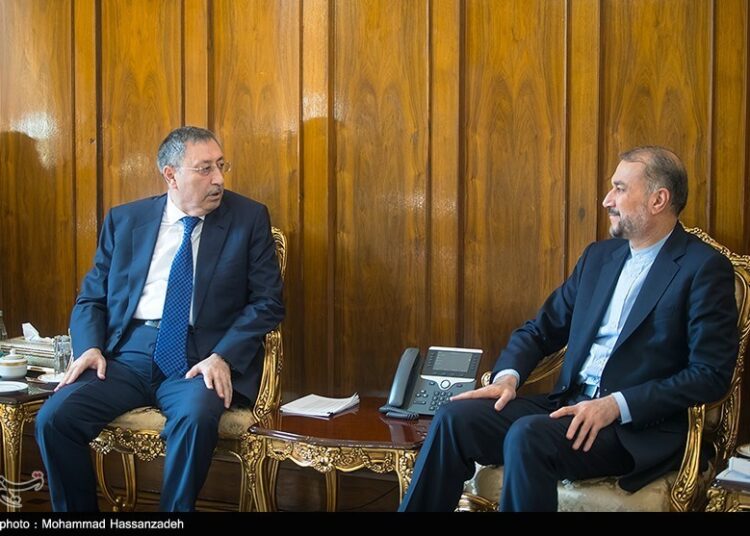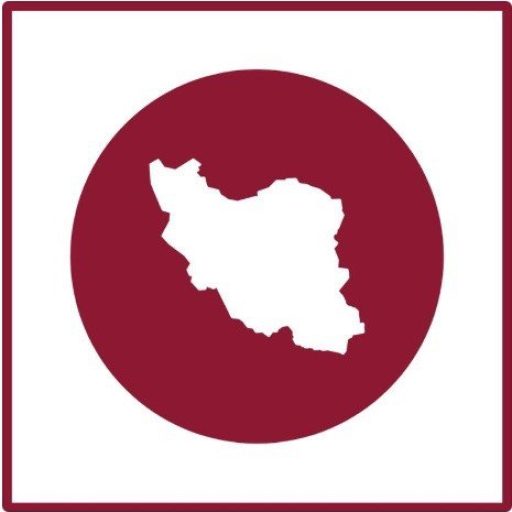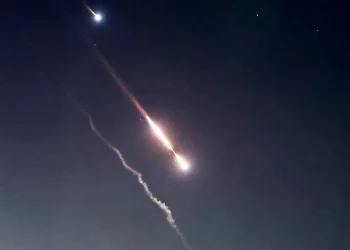Following the recent consolidation of Azerbaijan’s military stronghold in Karabakh, Khalaf Khalafov, the envoy of Azerbaijan’s president, embarked on a diplomatic mission to Iran to meet Iranian foreign minister, secretary of the Supreme National Security Council and the president. Intriguingly, this diplomatic exercise comes notably after the recent Tehran visit of the Secretary of Armenian Security Council, Armen Grigoryan, carrying certain political concepts.
Iran, upholding its strategy of neighborhood diplomacy, demonstrates a keen interest to fortify and cultivate relations with both its neighboring constituents, namely Azerbaijan and Armenia. These nations reciprocally perceive the relationship with Iran as a springboard presenting both bilateral and regional avenues of opportunities.
Distinct from other regional and non-regional actors, Iran’s strategy within the South Caucasus manifests transparency and uncomplicatedness. An unwavering policy of maintaining the status quo and endorsing peace between its two northern neighbors underpins Iran’s approach in the region, supporting the rights of every actor.
In the preceding year, the resurgence of the crisis in the South Caucasus motivated Iran to exercise unilaterally to mitigate regional tensions. From the Iranian perspective, regional instability and conflict carry immediate ramifications on Iran’s strategic interests and geopolitical standing, impacting the security landscape of the region at large.
Iran, adopting an equilibrium approach, acknowledges Azerbaijan’s sovereignty over Karabakh while expressing concerns about the security of southern Armenia. It is cautious about policies and plans leading to the severance of the Iran-Armenia border, which threatens to bring about a far-reaching geopolitical change in the Caucasus.
Iran champions the 3+3 format, encompassing three regional and three neighboring countries, for peace negotiations in the South Caucasus. It embodies a sense of responsibility toward both Baku and Yerevan, supplementing its cautionary stance against the motives of extra-regional players in the region. An unfortunate offshoot of the conflict between Azerbaijan and Armenia, is the gate it opens for non-indigenous actors to leverage influence within the region.
Amid the backdrop of augmented support from Turkey and Israel to Azerbaijan, Armenia seeks to leverage its ties with the Western powers as a counterbalance to apply pressure on Baku. The recent announcement by French Foreign Minister Catherine Colonna, during her Yerevan visit, regarding the agreement to conclude military supply contracts with Armenia, demonstrates this tactical shift. Concurrently, President Ilham Aliyev of Azerbaijan and Prime Minister Nikol Pashinyan of Armenia are slated to meet in Granada, Spain, on October 5, with peace treaty negotiations as the intended outcome. However, in the last minutes, there are doubts that the meeting will take place.
Beyond the trilateral discourse involving Tehran, Baku, and Yerevan, the reactivation of Azerbaijan’s embassy in Tehran prominently features in the bilateral dialogues between Iran and Azerbaijan. An unfortunate armed assault, based on personal motivations, against the Azerbaijan embassy earlier on January 27 prompted its closure. Over several months, structured rounds of conversation have transpired between the Iranian and Azerbaijani authorities to streamline relations. While an inclusive understanding of the incident, a bridging of discrepancies, and resumption of embassy operations have been discussed, speculations persist about the nearing completion of this process, though the final status remains unclear.
Tehran and Baku find themselves intricately interconnected by a wealth of shared facets such as their close geographical positioning, mutual opportunities in geopolitical and geo-economic frontiers, deep-seated cultural, religious and societal bonds; all while navigating the nuanced dynamics of regional rivalry and strategizing balance of power. An in-depth exploration and appraisal of these elements illuminates why Tehran and Baku persistently strive to maintain an active foreign policy approach toward each other, despite certain discordant factors.
Given their historical, cultural and religious overlaps, it seems quite natural that Iran and Azerbaijan should nurture robust and steadfast relations. However, this association exhibits distinct volatilities, swaying under the influence of varying political and security considerations. Yet, from Tehran’s standpoint, bilateral and regional symbioses are inescapable; even though the trajectories of both nations’ foreign policies in regional and international affairs lack a close alignment and frequently diverge, pivoting on differing sources of identification.
Confronted with Iran’s prominent Shia and political identity, Azerbaijan seeks to ensure its security by assimilating with an ethnic identity and strengthening its reliance on Turkey. Consequently, Tehran harbors grave concerns regarding the geopolitical objectives of the ambitious Zangezur project. Azerbaijan’s association with the Israel also fuels suspicion within Iran, due to Tel Aviv’s adversarial intentions toward Tehran.
Despite the underlying political tensions, Iran and Azerbaijan have succeeded in enlisting a remarkable 30% escalation in trade activities. Further, their collaboration in transit matters is also significantly intensifying. Multiple joint transit initiatives in Astara are on the verge of operationalization. Joint dam construction prospects are under broader scrutiny. Furthermore, the synchronization process of the Iranian, Russian, and Azerbaijani power grids has started and is nearing completion.
The burgeoning economic relations have ostensibly counterbalanced the political frictions between Tehran and Baku. Nevertheless, sizeable and comprehensive plans are necessitated for achieving a more profound political and economic integration between the two countries.
The primary geo-economic venture straddling Iran and Azerbaijan is the commissioning of the International North-South Transport Corridor (INSTC). This initiative bears promising potential for invigorating the developmental pursuits of all subscribing nations. The INSTC envisages a linkage spanning Northern Europe to Southeast Asia, offering expansive connectivity. Originating by conjoining the railway systems of Iran, Russia, and Azerbaijan, it has presently spawned numerous offshoots. Nonetheless, the specific route connecting Russia, Azerbaijan, and Iran commands distinctive economic value. It can couple the Persian Gulf to the ports of Georgia and Russia via Iran and Azerbaijan, thereby catalyzing a substantial enhancement of the geo-economic positioning of these countries.






